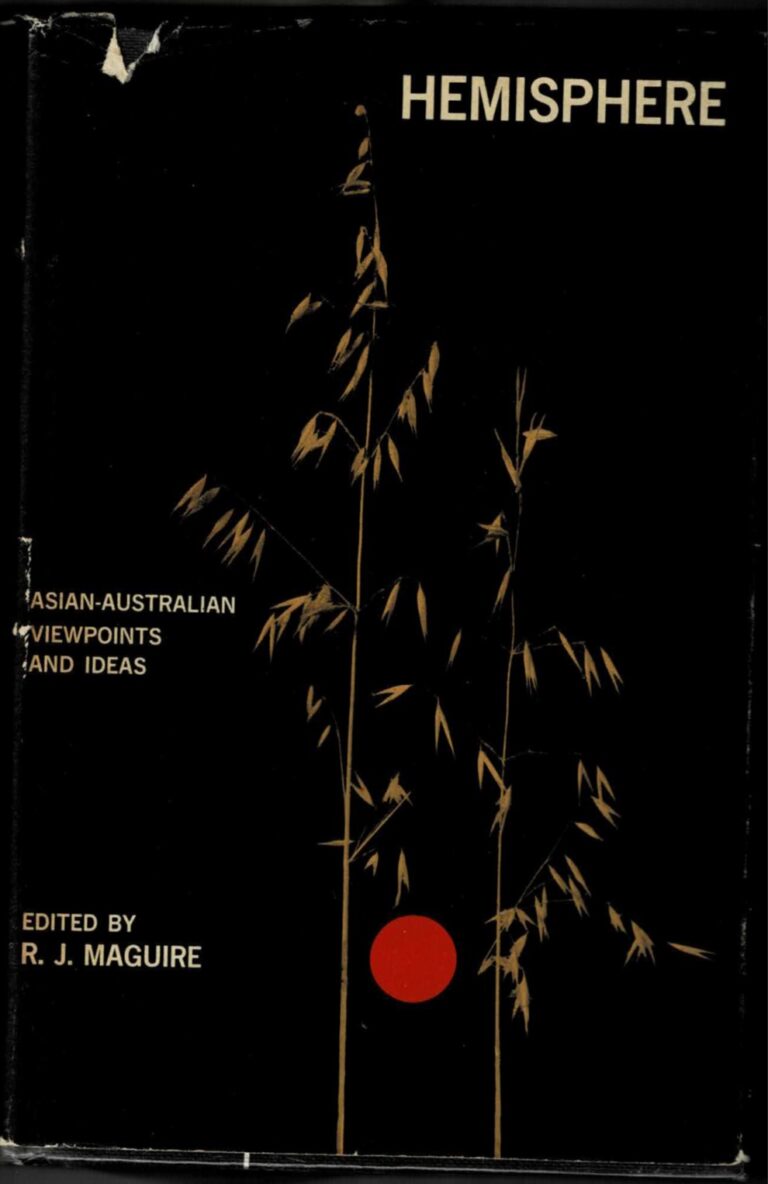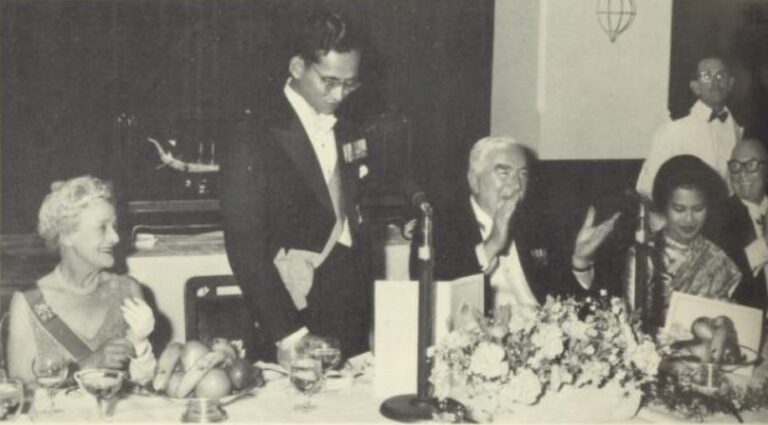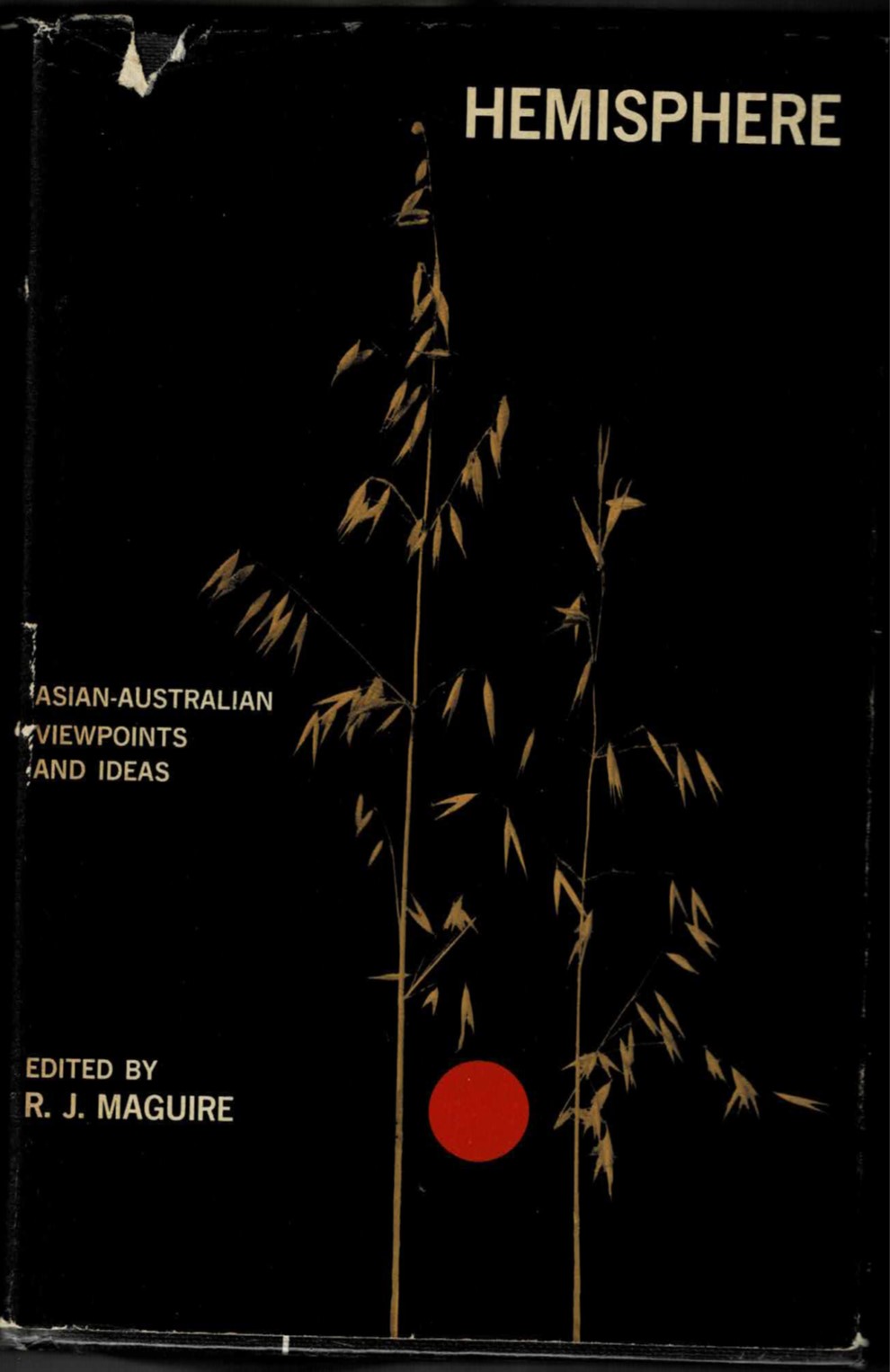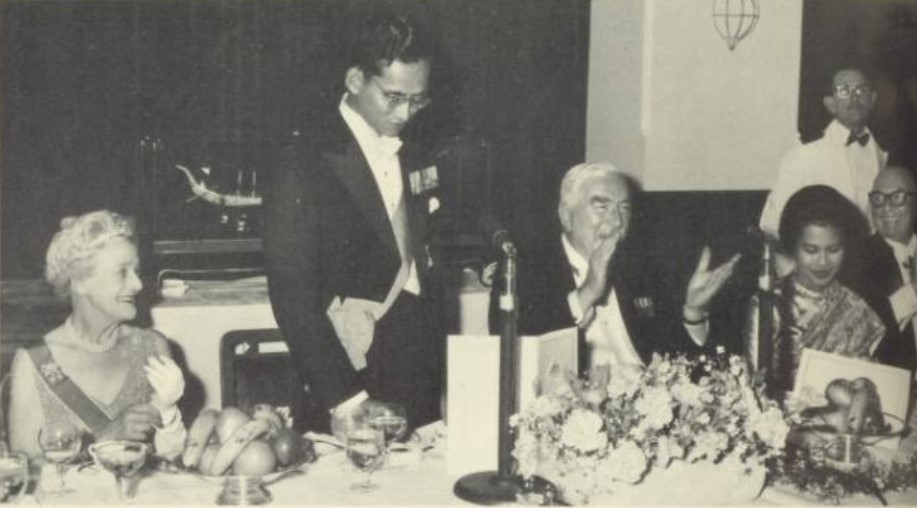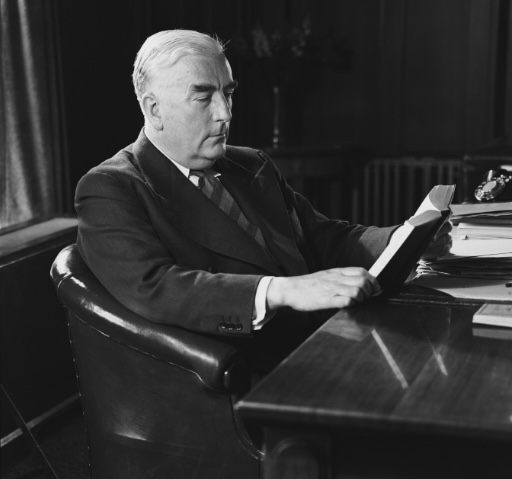R. J. Maguire, Hemisphere: Asian-Australian Viewpoints and Ideas (1964)
One of the difficulties in tracing when Australia’s ‘engagement with Asia’ began, is that prior to the post war period of decolonisation, there simply were not many independent Asian nations to foster relations with. Apart from the East Asian giants in Japan and China, to which the Menzies Government sent ‘Ministers’ (Ambassadors) in 1940 and 1941 respectively, much of the region remained in the colonial grip of the British, French, Dutch, Americans and Portuguese.
A notable exception was the Kingdom of Siam (renamed Thailand in June of 1939), which had never been conquered by a colonial power, and which from 1932 began functioning as a parliamentary constitutional monarchy, bearing significant parallels with Australia’s democratic system. As the potential for war with Japan began to escalate in the later 1930s, both Britain and Australia came to view developing closer ties with Thailand as a key strategic priority. With the British even requesting that Australia establish formal diplomatic ties simultaneous with the sending of our delegations to China and Japan.
Limited resources and the rapid onset of the war meant that this never happened, but Australia did receive a goodwill mission from Thailand, led by Thailand’s Minister of Justice Luange Shamrong Navasvasti, in 1940. The following year, Menzies decided to repay the favour by personally visiting Thailand in January on his way to London for key strategic discussions with Winston Churchill. On arrival, Menzies was invited to meet with the Thai Prime Minister Plaek Phibunsongkhram – a landmark moment that may well represent the first time a serving Australian PM made an official visit to an independent Asian nation.
Menzies recorded in his diary that his Thai counterpart was both ‘friendly and unhappy’, having been placed in an impossible bind by the looming threat of Japan and the fact that French Indochina had passed into the hands of the Nazi-collaborative Vichy regime. To make matters worse, after Thailand had engaged in a border dispute with the latter, the Americans had cut off military supplies to Thailand, because she was technically the aggressor against Indochina. Leaving Thailand with even less hope of defending itself against the Japanese, who would launch a successful invasion in December. Menzies complained bitterly to himself that the American attitude should ‘so frequently be so academic and so “preachy”’.
Thailand’s subjugation by Japan would end up delaying Australia establishing a permanent embassy until 1952, once Menzies was back in office. But there soon developed a flourishing relationship, much of which was documented in Hemisphere – a magazine that the Commonwealth Government established in the mid-1950s to foster cultural exchange and keep people abreast of ever-expanding Australia-Asia ties.
These ties were particularly fruitful with Thailand because, in the all-important Cold War context, it shared Australia’s opposition to the spread of communism within the region. From 1954, Thailand became one of the few Asian signatories to the SEATO Treaty (a scaled back version of NATO for the Asia Pacific) and thus Australia’s official ally, and it began hosting SEATO’s headquarters in Bangkok.
SEATO naturally involved extensive defence cooperation, most notably Australia sending a Royal Australian Air Force (RAAF) squadron to Thailand when insurgents from Laos had crossed into the country from the north in May of 1962 – a squadron which would remain stationed at Ubon Air Base in Northeastern Thailand until 1968. But it also saw major foreign aid and economic development commitments, building off of the Colombo Plan which had also seen Australian resources directed towards Thailand. From the onset of the Plan in 1951 until Menzies’s last full year in office in 1965, Australia was the second largest aid donor to Thailand behind only the United States.
As one might expect, there was a significant Thai cohort that came to Australia to study under the Plan’s student scholarship program, including the first Asian student to ever study at the regional University of New England, and this led to the forming of a Thai-Australian Association which quickly boasted over 100 members. There was also scientific and technical assistance via the CSIRO, the provision of Australian specialists in the fields of medicine, education, radio, engineering, and geology, and even a donation of thousands of radio sets to help broadcast educational lessons into remote Thai villages.
In April of 1957, Menzies returned to Thailand for a three-day visit, where he held talks with Prime Minister Marshal Pibul Sonngram and inspected an honour guard of the Royal Thai Airforce. Then in 1962, in a sign of just how intimate the friendship between the two nations was becoming, Australia played host to a Royal Tour by Thai King Bhumibhol and Queen Sirikit. Who were greeted to a warm welcome on a frosty Canberra morning when some 5,000 people packed into the Fairbairn airbase to meet them, and a further 7,000 lined their route to Government House in Yarralumla.
This was a diplomatic forum in which an arch-monarchist like Menzies naturally thrived, organising numerous events for the couple in places as diverse as Darwin and the Port Kembla Steelworks. A highlight was the formal banquet in Canberra at which the King quoted from Menzies’s famous April 1939 statement that Thailand was not the ‘Far East’ as the British called it, but actually the ‘Near North’ of Australia.
By the time Menzies left office relations with the Thai Royal family had become so close that in 1971 they sent Crown Prince Vajiralongkorn (the future King Rama X) to attend the appropriately named King’s School in Parramatta. From which he would graduate and go on to study at the Royal Military College in Duntroon.
You might also like...
Sign up to our newsletter
Sign up for our monthly newsletter to hear the latest news and receive information about upcoming events.

